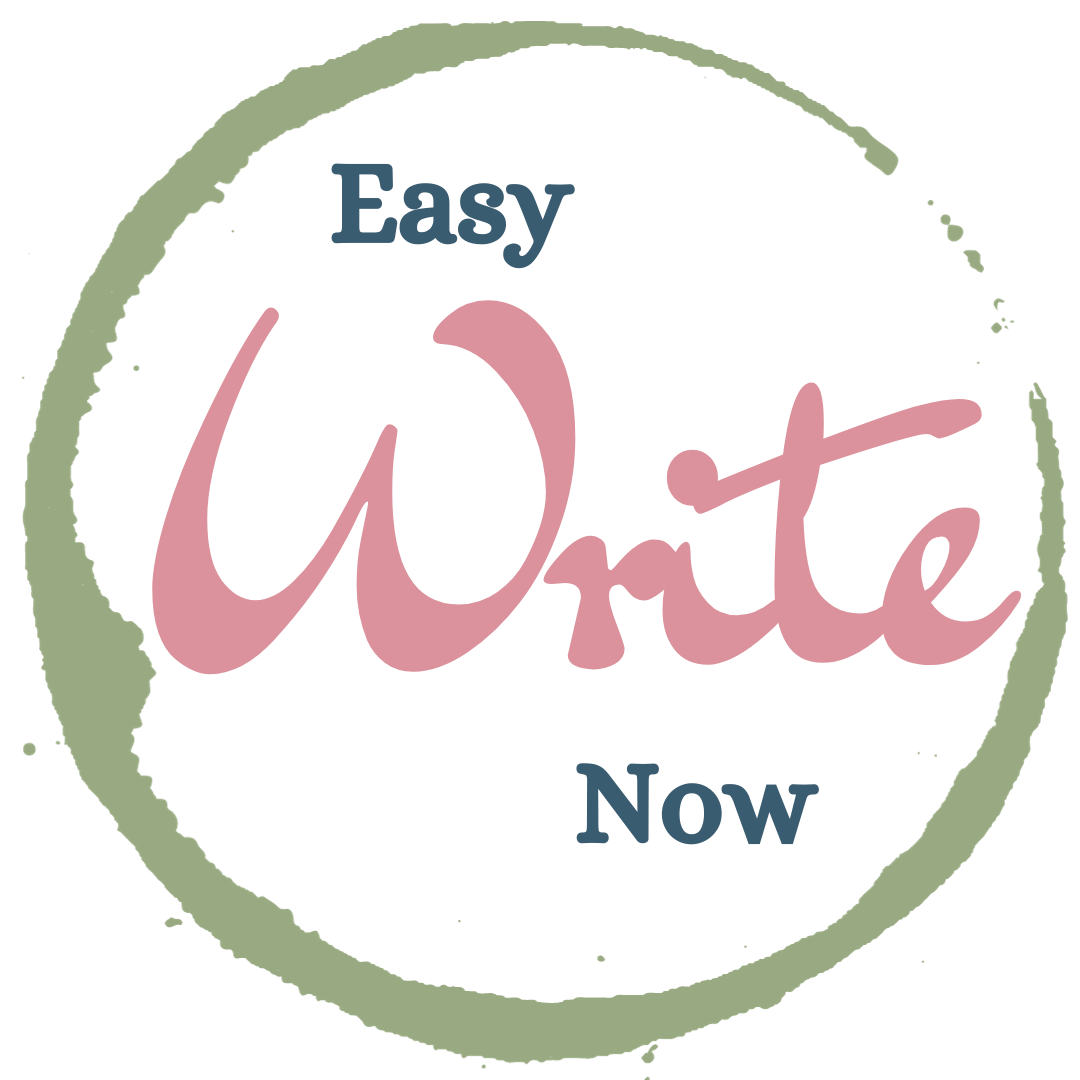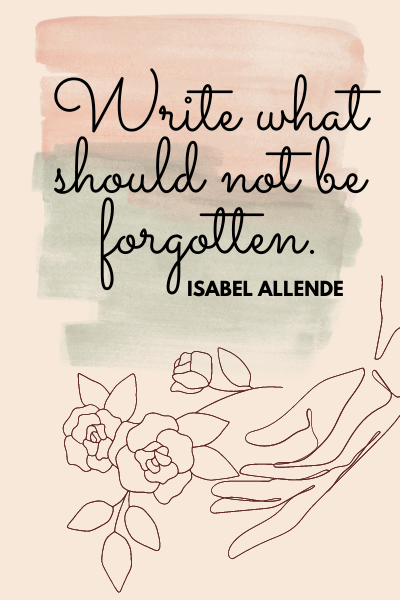There’s a particular kind of frustration that comes with writer’s block—the kind that quietly steals your momentum and replaces it with doubt. You sit down to write, and instead of sentences, you’re met with silence. The ideas were there earlier, buzzing in your mind. But now? Nothing. That’s why overcoming writer’s block isn’t just about writing—it’s about reclaiming clarity and confidence when your creativity feels out of reach.
Whether you’re writing blog posts, reports, a novel, or even a simple email, this creative standstill can be discouraging. But here’s the good news: overcoming writer’s block is absolutely possible, and often easier than you think—once you understand what’s causing it and how to move through it with intention.
In this article, we’ll explore smart, effective techniques to help you regain clarity, motivation, and flow—so you can stop staring at the blank page and start writing with confidence again.
Understanding the nature of writer’s block
Writer’s block isn’t laziness or lack of skill—it’s often a symptom of something deeper:
- Mental overload – Too many ideas, no clear path forward.
- Perfectionism – Fear of writing something “wrong” or not good enough.
- Burnout – Exhaustion from doing too much, too fast.
- Disconnection – Losing touch with the purpose behind your writing.
- External stress – Life pressures that make creativity feel secondary.
The first step to overcoming writer’s block is acknowledging it as a creative pause—not a permanent failure. Once you do, you can choose strategies that respond to what your mind (and writing) truly needs.
1. Shift your environment to unlock clarity
Our surroundings influence our mindset more than we realize. When you’re stuck, working in the same space can reinforce the same mental patterns. One of the simplest yet most effective ways to reset your thinking is to change your environment—even subtly.
Try:
- Moving to a quieter or brighter part of your home
- Writing outdoors for a dose of fresh air and natural inspiration
- Going to a library, coffee shop, or co-working space
Environmental change helps your brain form new associations and can be just the nudge your creativity needs.
2. Start with structure, not perfection
A blank page can feel like a challenge you’re expected to win in one try. But when it comes to overcoming writer’s block, you don’t have to start with brilliance—you just need a framework.
Begin by outlining your main points. Then choose one section—any section—and write freely within it. You don’t have to write the introduction first. In fact, many professional writers start with the middle or even the ending.
Breaking a project into smaller, manageable parts reduces overwhelm and lets you focus on ideas instead of formatting.
3. Use short, timed writing bursts to reduce resistance
If you’re avoiding writing because it feels like a long, exhausting task, try this: write for just 10–15 minutes.
Set a timer and commit to writing whatever comes to mind about your topic. Don’t worry about formatting or grammar. Don’t edit as you go. Just get words on the page.
This technique—often called free writing or timed drafting—works because it:
- Lowers the pressure to be perfect
- Helps bypass your inner critic
- Gets you into a writing rhythm, fast
Most of the time, you’ll find that once the timer ends, you’ll want to keep going.
4. Reconnect with your purpose
When you forget why you’re writing, your words lose direction. Take a step back and remind yourself:
- Who is this piece for?
- What value does it bring to them?
- What impact do I want this to have?
When you write with intention, clarity tends to follow. Reconnecting with your purpose grounds your writing in something meaningful—an essential step in overcoming writer’s block and reigniting creative momentum.
5. Take intentional, restorative breaks
Sometimes, the best thing you can do for your writing is to step away from it.
A break doesn’t mean giving up. In fact, many breakthroughs happen when we stop actively trying to force them. The key is to take a restorative break, not a distraction-based one.
Try:
- A short walk without your phone
- Gentle movement or stretching
- Listening to instrumental music
- Reading something completely unrelated
Let your mind wander. Give your subconscious space to do its quiet problem-solving work. You might return with a completely fresh perspective.
6. Remove distractions and write in focused sprints
Writer’s block is often disguised as procrastination—and digital distractions are its favorite fuel. If you’re constantly switching tabs, checking your phone, or waiting for “the perfect time,” you’re splitting your attention and draining creative energy.
Try this focused sprint technique:
- Silence your notifications or use a tool like Focus Mode or Forest.
- Set a timer for 25–30 minutes.
- Write—no stopping, no editing, no internet rabbit holes.
- Take a 5-minute break after.
These short, focused sessions build writing stamina while keeping burnout at bay.
7. Revisit your previous writing for momentum
One often-overlooked source of motivation? Your own work.
Rereading something you’ve already written and liked—even a short piece—can remind you of your voice, your clarity, and your ability to finish. It also gets your brain back into the rhythm of writing.
You can also look through unfinished drafts or old notes. Sometimes, an abandoned sentence or idea holds the exact spark you need to continue something new.
8. Engage in adjacent creative practices
When the words won’t come, shift into another creative mode. Engaging in different forms of expression can reignite your curiosity and help you approach your writing from a new angle.
Try:
- Sketching or mind-mapping your topic visually
- Listening to a podcast or audiobook related to your field
- Writing by hand instead of typing
- Organizing your thoughts in bullet points or index cards
Creativity feeds creativity. You don’t have to write to move your writing forward.
9. Write about the block itself
Yes, really.
Writing about how you can’t write is still writing—and it often leads to deeper insights. Journaling your frustration, doubts, or confusion can clear mental clutter and free up the space your ideas need.
Try starting with:
“Today, I’m stuck. But if I weren’t, I’d probably be writing about…”
This practice works especially well for writers of personal essays, blogs, or reflective pieces. But even in professional settings, honest writing often leads to authentic work.
10. Replace self-criticism with curiosity
Finally, remember: you are not your writer’s block. It doesn’t define your talent, your voice, or your potential.
Instead of criticizing yourself when you’re stuck, get curious:
- What might be causing this resistance?
- Is this piece aligned with what I want to say?
- What am I afraid will happen if I write this?
Compassionate questions open doors. Harsh inner monologues slam them shut. Be the writer who listens, not the one who lectures.
Final thoughts: Momentum begins with motion
Overcoming writer’s block isn’t about waiting for the perfect mood or the mythical muse. It’s about gently moving forward—one word, one idea, one tiny decision at a time.
To recap:
- Shift your environment
- Use structure to reduce overwhelm
- Free-write in short bursts
- Reconnect with your purpose
- Take breaks that restore, not distract
- Eliminate digital clutter
- Reread your past work
- Use adjacent creativity
- Journal through the block
- Choose curiosity over criticism
Every time you choose to write, even when it’s hard, you build creative resilience. And that—more than talent or luck—is what will carry your writing forward.











































